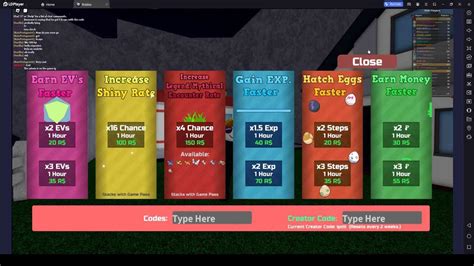Fdm Vs Dm: Choose Best 3D Printing Method
The world of 3D printing is rapidly evolving, with various techniques offering unique benefits and drawbacks. Two of the most popular methods are Fused Deposition Modeling (FDM) and Direct Metal (DM) printing. In this article, we will delve into the specifics of each technique, exploring their strengths, weaknesses, and applications to help you choose the best 3D printing method for your needs.
Introduction to FDM and DM Printing
FDM is a widely used 3D printing technique that involves depositing melted plastic through a heated nozzle, layer by layer, to create a physical object. This method is known for its affordability, ease of use, and versatility. On the other hand, DM printing, also known as Direct Metal Laser Sintering (DMLS), is a more advanced technique that uses a laser to fuse together metal powders, creating a strong and dense metal part. DM printing is often used in industries where high-strength, low-weight materials are required, such as aerospace and automotive.
FDM Printing: Advantages and Disadvantages
FDM printing offers several advantages, including low cost, high speed, and ease of use. FDM printers are relatively inexpensive, making them accessible to hobbyists, educators, and small businesses. Additionally, FDM printing is a relatively fast process, with print speeds ranging from 50 to 300 mm/s. However, FDM printing also has some drawbacks, such as limited resolution, warpage, and anisotropy. The layer-by-layer deposition process can result in a rough surface finish, and the printed parts may be prone to warping or cracking.
| FDM Printing Characteristics | Values |
|---|---|
| Print Resolution | 50-300 μm |
| Print Speed | 50-300 mm/s |
| Material Options | PLA, ABS, PETG, Nylon |
DM Printing: Advantages and Disadvantages
DM printing offers several advantages, including high strength, low weight, and complex geometries. DM printed parts can achieve high densities, making them suitable for applications where weight reduction is critical. Additionally, DM printing allows for the creation of complex geometries, such as internal channels and cavities, which cannot be produced using traditional manufacturing methods. However, DM printing also has some drawbacks, such as high cost, limited material options, and post-processing requirements. DM printing is a relatively expensive process, and the printed parts may require additional processing, such as machining or heat treatment, to achieve the desired properties.
| DM Printing Characteristics | Values |
|---|---|
| Print Resolution | 10-50 μm |
| Print Speed | 10-100 mm/s |
| Material Options | Aluminum, Titanium, Stainless Steel |
Comparison of FDM and DM Printing
When choosing between FDM and DM printing, it’s essential to consider the specific requirements of your project. FDM printing is suitable for applications where cost, speed, and ease of use are critical, such as prototyping, model making, and producing functional parts with simple geometries. On the other hand, DM printing is ideal for applications where high strength, low weight, and complex geometries are required, such as aerospace, automotive, and medical device manufacturing.
The following table summarizes the key differences between FDM and DM printing:
| Characteristic | FDM Printing | DM Printing |
|---|---|---|
| Cost | Low | High |
| Speed | High | Low |
| Resolution | 50-300 μm | 10-50 μm |
| Material Options | PLA, ABS, PETG, Nylon | Aluminum, Titanium, Stainless Steel |
What is the primary advantage of FDM printing?
+The primary advantage of FDM printing is its low cost and high speed, making it an excellent choice for prototyping, model making, and producing functional parts with simple geometries.
What is the primary advantage of DM printing?
+The primary advantage of DM printing is its ability to produce high-strength, low-weight parts with complex geometries, making it an excellent choice for aerospace, automotive, and medical device manufacturing.
In conclusion, FDM and DM printing are two distinct 3D printing methods, each with its strengths and weaknesses. By carefully evaluating your project requirements and considering the characteristics of each method, you can choose the best 3D printing technique for your needs. Whether you’re a hobbyist, educator, or industry professional, understanding the differences between FDM and DM printing will help you unlock the full potential of 3D printing and achieve your goals.
